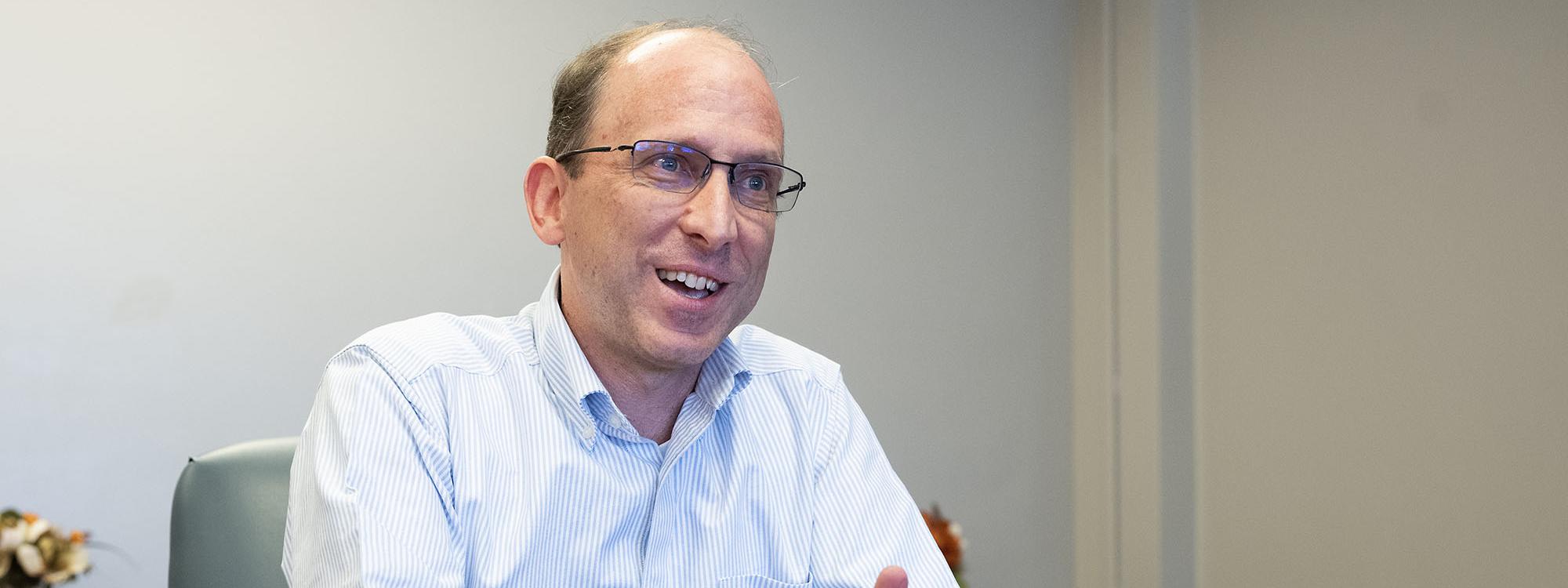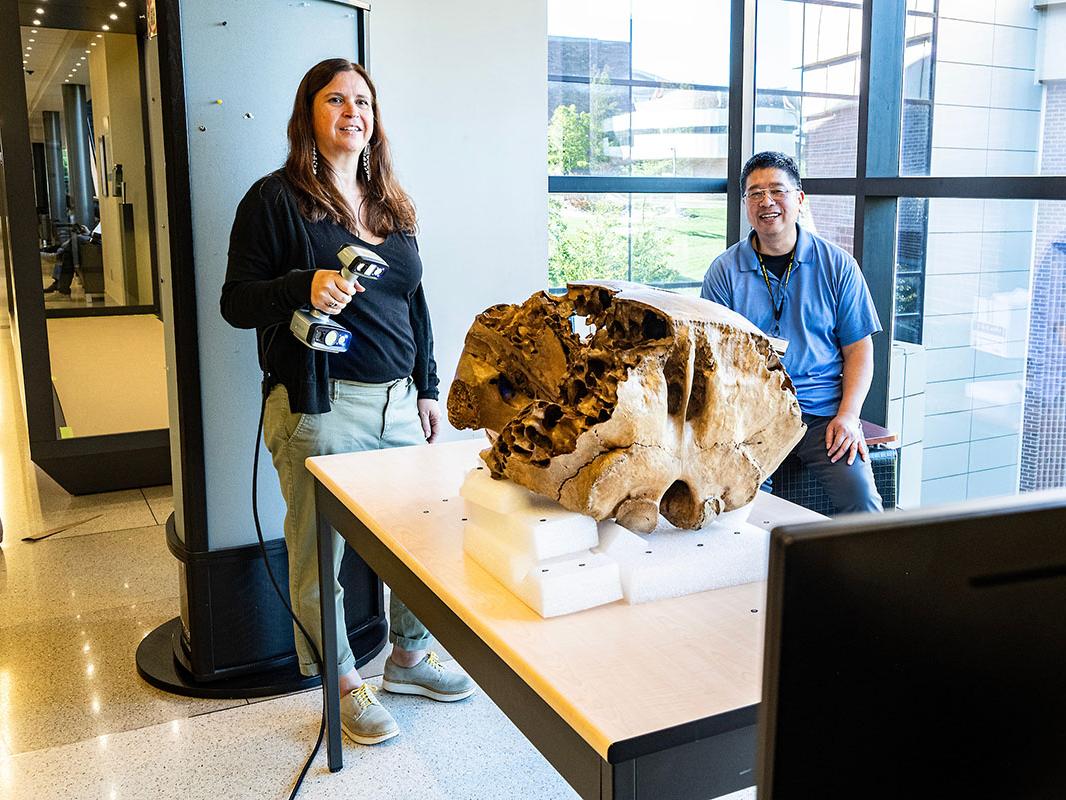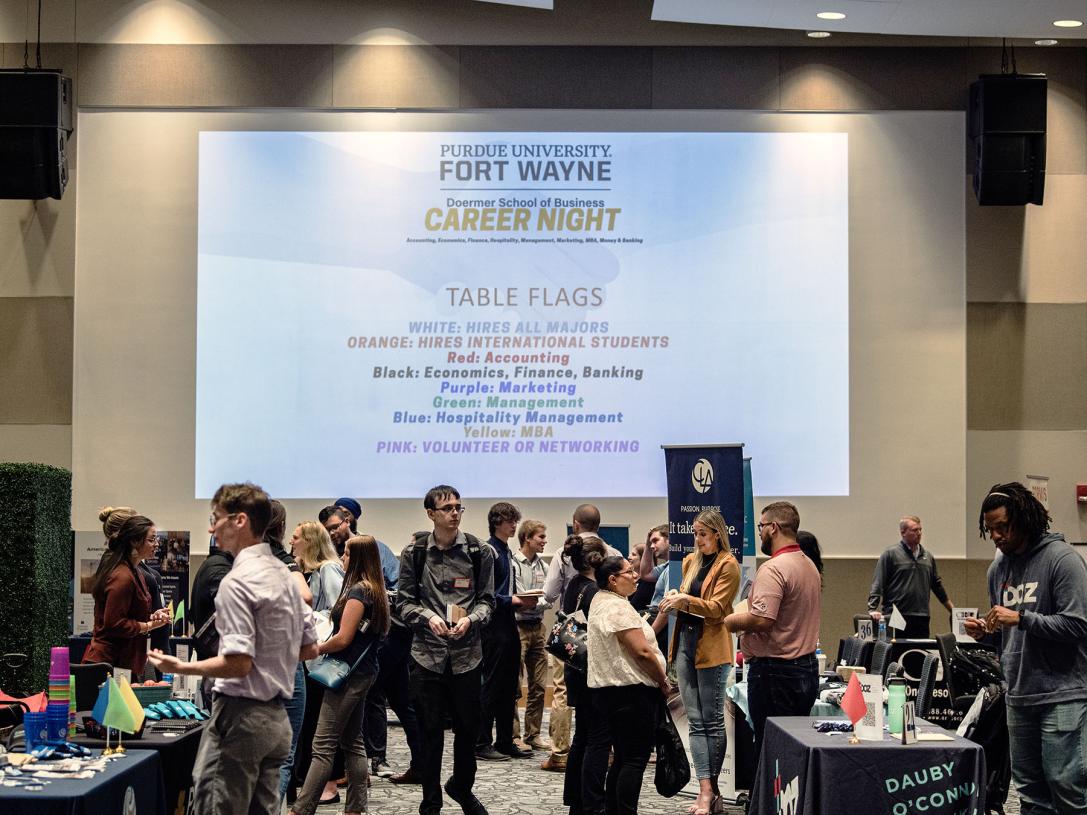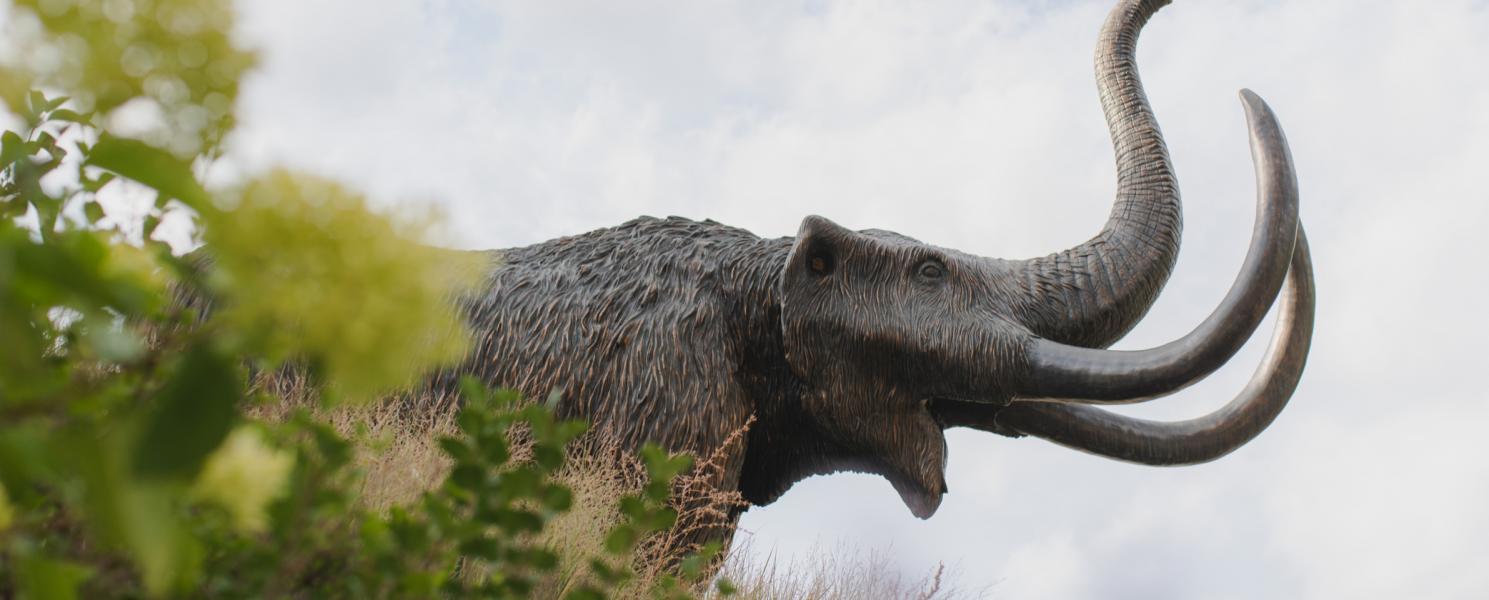
PFW counts on Office of Institutional Research and Analysis for answers
By Blake Sebring
January 9, 2024
Most people on campus have never heard of it, and it can be somewhat difficult to define or quantify for the layperson what the Office of Institutional Research and Analysis at Purdue University Fort Wayne does, but the information it collects is vital. Much of it helps PFW plot its course for the future.
Irah Modry-Caron, executive director, and his team of Dmytro Podgorniy, B.S. ’10, M.S. ’13, and Brian Matve are often whom the administration, faculty, and sometimes staff go to when they want questions answered about what is happening in the bigger picture of the university. Usually, those are statistical in nature, but sometimes the trio can spot trends or potential problems in the campus data collected and suggest solutions.
“People ask you really interesting questions, and from there you can go and really dig out a story,” Modry-Caron said. “If you are really good at your job, you are a storyteller. You make sense of this mass of information and make it coherent. It’s finding out what’s in the data and then coming up with a solution to people’s problems.”
Each academic year after the fall semester census day, they compile the data to give an idea of what the student body looks like. They can give broad and specific pictures by analyzing the numbers, such as pointing out that 23% of PFW students live within 10 miles of campus, and 41% live within the immediate surrounding counties.
One issue the office has been studying is the university’s retention rates. The data says that 22% of students graduate in four years, and the numbers are 5% higher if students live in student housing. Deciphering those numbers is the easy part, but the office can also help say why. It’s usually not because of high school grade point average, a financial aid situation, or parental influences, but rather based on performance in first-year courses, Modry-Caron said.
“It really comes down to what they are doing in relation to the faculty members in their classes,” Modry-Caron said. “It’s about the experiences in those courses because relationships mean everything. I think people regularly underappreciate the faculty relationship with the students as a retention mechanism. With those relationships, students feel they are wanted, appreciated, and given much more time and feedback on their courses, and they are much more likely to come back.”
Students can also tell how invested the faculty members are. The overall retention rate was 54% a few years ago, but is currently 64% and continues climbing. Typically, Modry-Caron said, only 42% of class members persist into their fourth year.
The office first opened in 2002, and its responsibilities include program and institutional accreditation reviews, accessing and reporting institutional information, and providing data support to the university’s strategic plan. Modry-Caron has worked at the university for eight years and hired Podgorniy within a few months and then Matve a year later.
“The Office of Institutional Research and Analysis is the `single source of truth’ regarding the various measured and derived values that populate the data definitions,” said Carl Drummond, vice chancellor for academic affairs. “For instance, the total number of credit hours delivered during a given semester, or the average GPA of first-time full-time students in a given semester.
“IR works with various internal stakeholders, primarily but not exclusively the Office of Academic Affairs, to conduct the various quantitative analyses that are found helpful in the operational management of the university. For instance, what are the trends in enrollment over a period of time, and what causative factors can be attributed to those trends, or what are the projections for the number of students graduating high school in northeast Indiana in the next five years?”
The individual workers’ three tenets are a technical background, a depth of knowledge of how an organization functions, and a very good understanding of how the general industry is operating. Not everyone has all the pieces, Modry-Caron said, but you can build a group of people who have all the different parts into a high-functioning team.
“It is fun to work with people from across campus on specific projects,” Matve said. “It is not only interesting to see what type of data individuals need, but also gives a broader sense of what is going on behind the scenes at PFW.”
Podgorniy said he enjoys digging to find answers they’ve not been asked to provide previously. Modry-Caron calls what they do academic accounting.
“It’s one of those fields of work that people mainly don’t know about, but when you get into it, it can go in so many different directions,” Modry-Caron said. “It’s an interesting field for people who love data analysis, asking questions, and general problem-solving. We get to do that every single day.”




